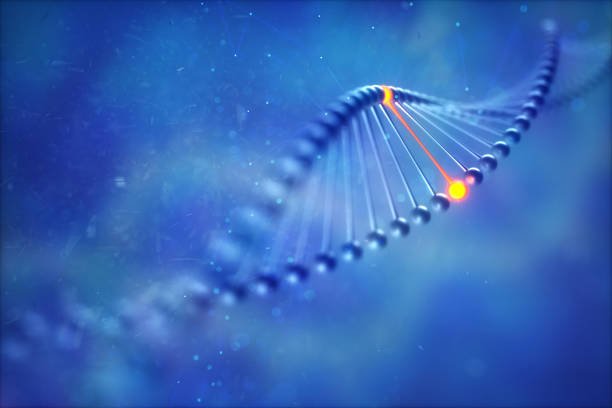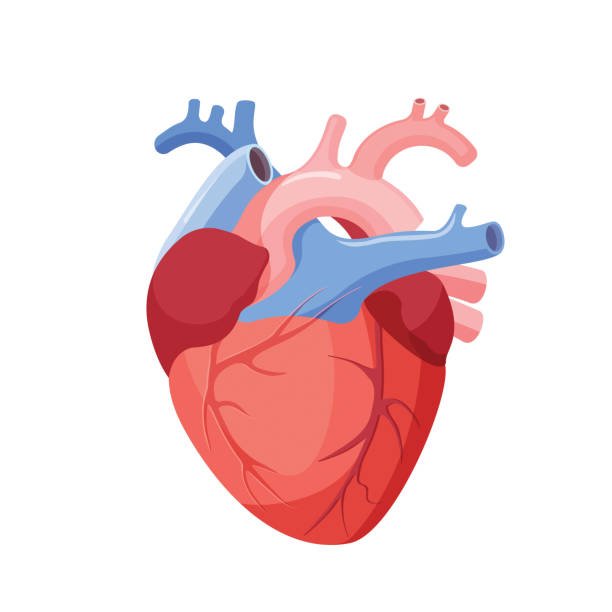A Portion of DNA which Carries the Genetic Code: DNA, or deoxyribonucleic acid, is the genetic material that carries the code for all living organisms. Within DNA, there are specific portions that carry the genetic code, also known as genes. These genes are responsible for determining an organism’s characteristics, such as its physical traits and susceptibility to certain diseases.
Video: Genetic code
A Portion of DNA which Carries the Genetic Code
Here are some examples of the portion of DNA that carries the genetic code:
- Exons: These are the portions of DNA that code for proteins. They are transcribed into messenger RNA (mRNA) and then translated into proteins by the ribosomes.
- Introns: These are the non-coding regions of DNA that interrupt the exons. They do not code for proteins, but they play a role in regulating the expression of genes.
- Promoters: These are the regions of DNA that control the transcription of genes. They are located near the start of a gene and provide a binding site for transcription factors.
- Enhancers: These are the regions of DNA that can increase the transcription of genes. They can be located far away from the gene they regulate and can be activated by specific proteins.
- Telomeres: These are the protective caps on the ends of chromosomes. They shorten as cells divide and age, but are maintained by the enzyme telomerase.
- MicroRNA: These are small non-coding RNA molecules that can bind to specific sites in the mRNA and regulate gene expression.
These examples are only a small portion of the genetic code that DNA carries, and scientists are still uncovering new and complex mechanisms that regulate gene expression and are responsible for the diversity of life. Understanding the genetic code and how it works is essential for fields like medicine and agriculture, as it can help to develop new treatments for genetic diseases and improve crop yields.






